These Iconic ‘Star Trek’ Technologies Aren’t Science Fiction Anymore
by DavidCline@omgfacts.com, 9 years ago |
7 min read
Sponsored by Geek Expo
When the first episode of Gene Roddenberry’s groundbreaking sci-fi odyssey “Star Trek” aired way back in 1966, it wowed audiences with its optimistic vision of humanity’s future in the cosmos. Not only did the crew of the Starship Enterprise boldly go where none had gone before, but it did so with the help of some of the coolest technology (and catchphrases) television audiences had ever seen.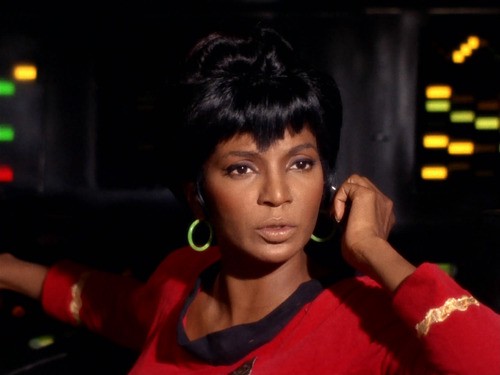
Communicator
Whenever Kirk and his crew ventured beyond the gleaming decks of the Enterprise, they knew danger could lurk around any corner (especially for Red Shirts). Fortunately, in a pinch, Kirk could always dial in a beam-up from Scotty or some vital intel from Spock via his handy-dandy communicator.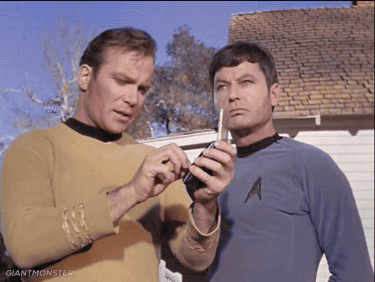
Universal Translator
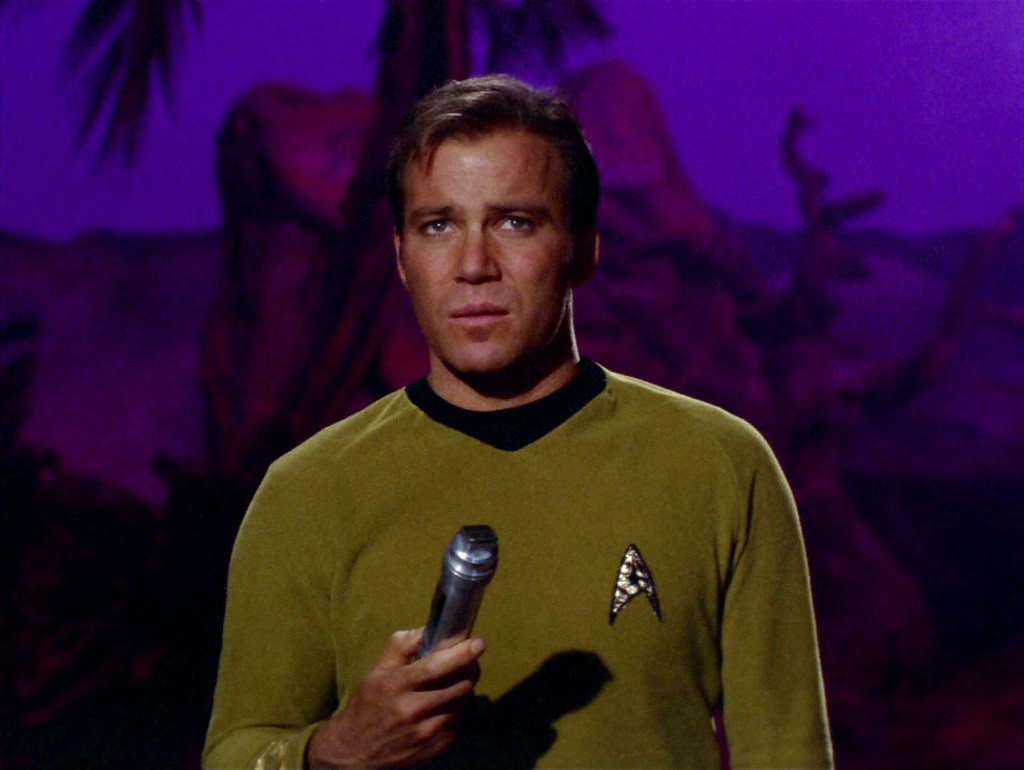
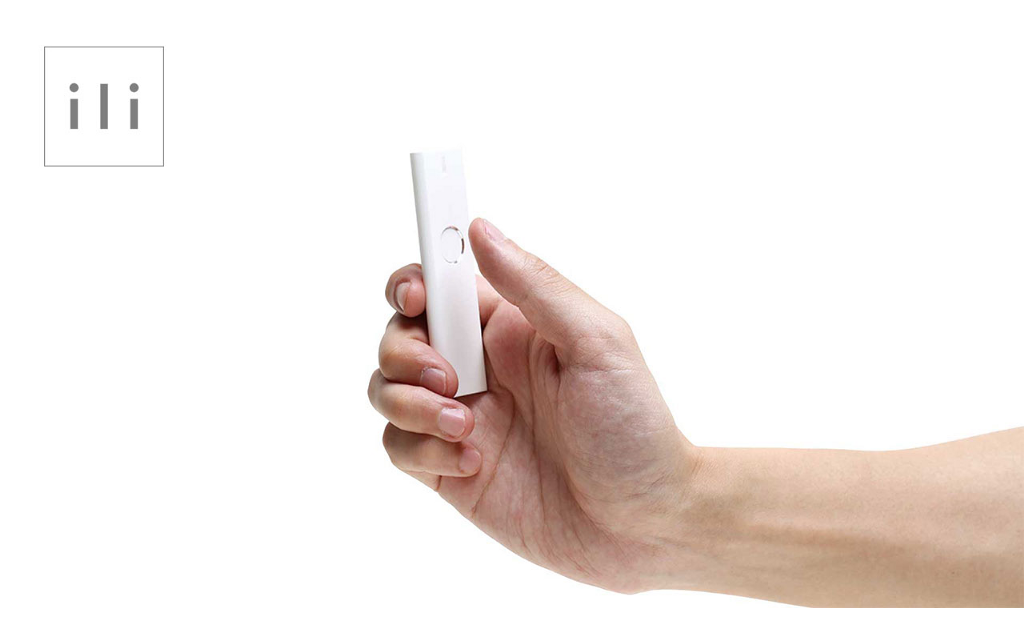
Tricorder

Phasers
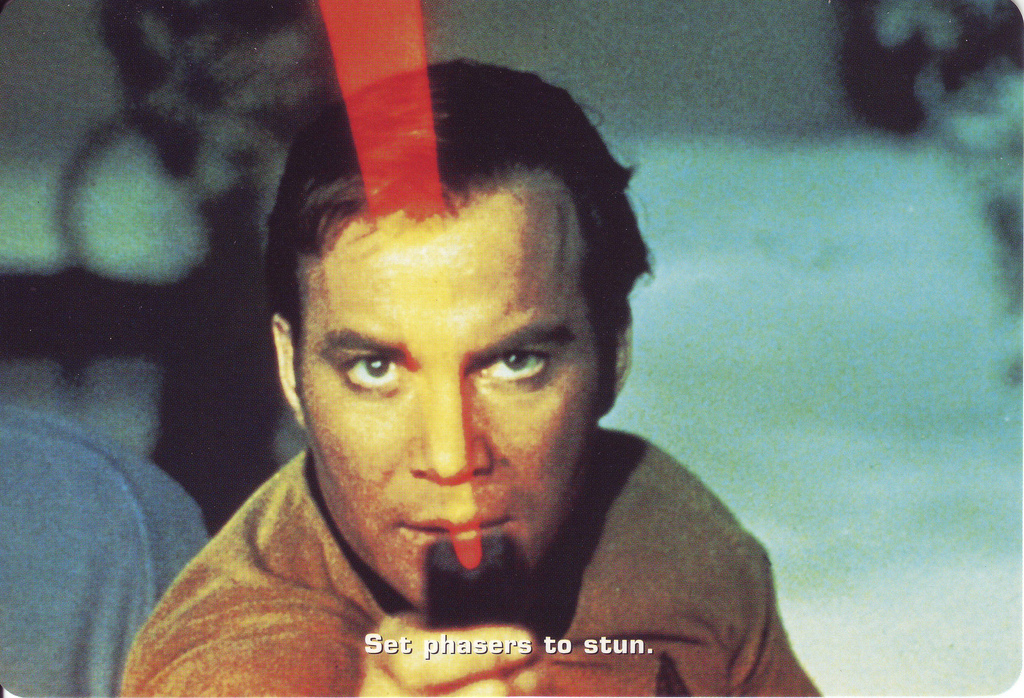
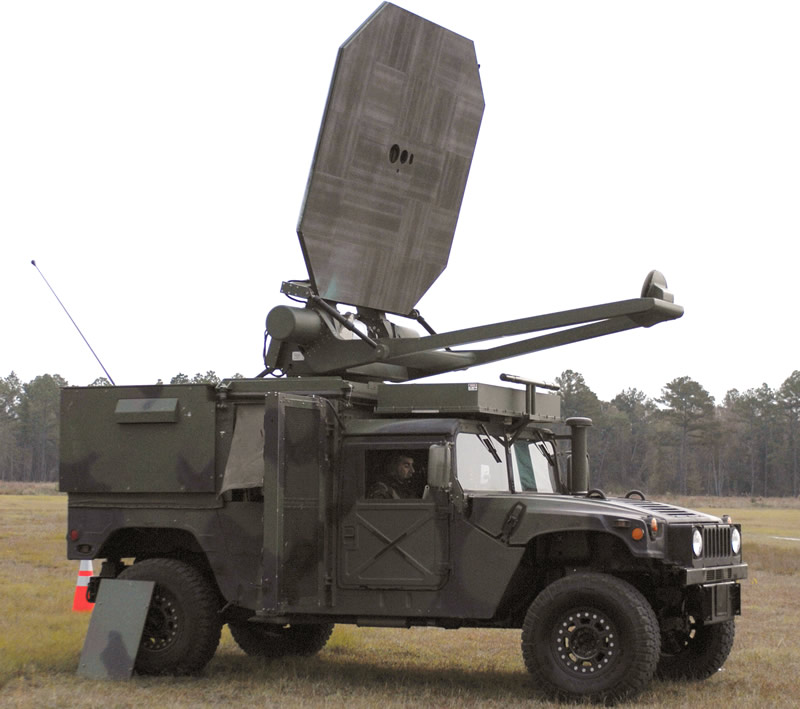
Food Replicator
In a famous scene from “The Next Generation,” Picard curtly requests “tea, Earl Grey, hot” from his food replicator, which then dutifully dispenses the drink to his exact specifications.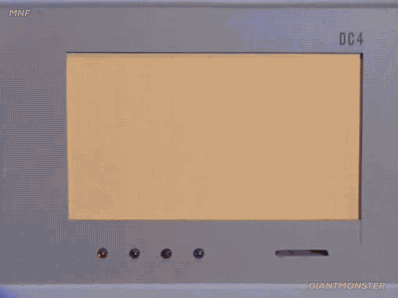
Holodeck

Tractor Beam
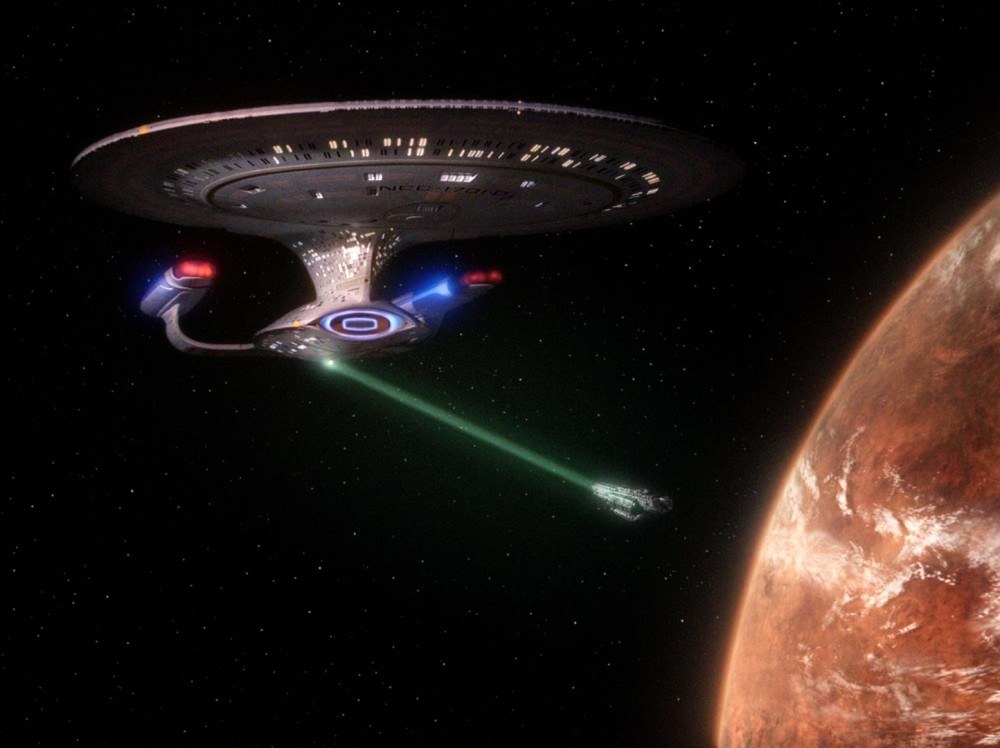

✕
Do not show me this again
